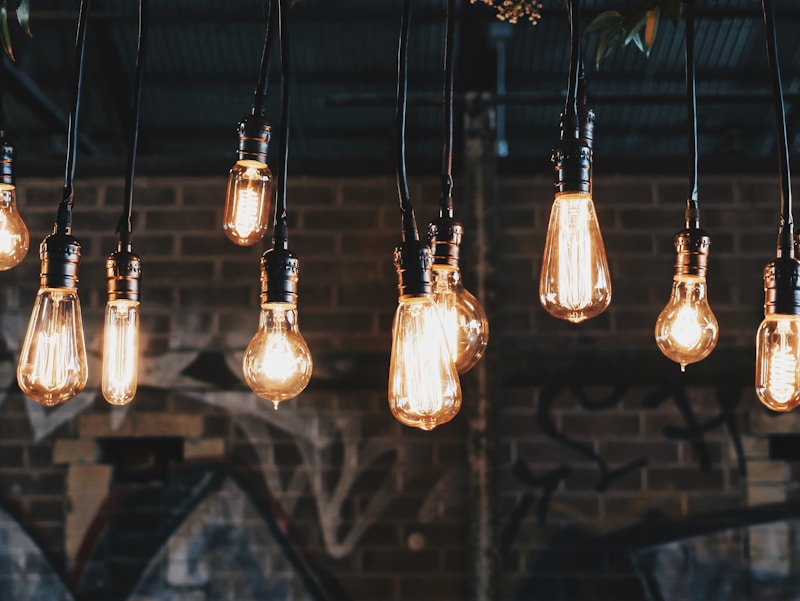Mastering Elegant Draping Techniques: Transforming Your Space with Style
Understanding Elegant Draping Techniques
When it comes to interior design, one of the most impactful elements is the way fabrics are utilized within a space. Elegant draping techniques can dramatically enhance both the aesthetic and ambiance of a room. This comprehensive guide dives deep into the various methods, styles, and tips for achieving stunning drapery that can transform any environment.
The Importance of Elegant Draping
Elegant draping not only serves a functional purpose—such as providing privacy or controlling light—but it also adds a layer of sophistication and grace to your interior decor. Whether you are draping fabrics over furniture, walls, or even ceilings, the right technique can make a significant difference in the overall style of a space.
Popular Draping Materials
| Material | Description |
| Silk | Has a luxurious texture and natural sheen, perfect for formal spaces. |
| Linen | Offers a more relaxed look with its natural weave; ideal for casual settings. |
| Velvet | Provides a rich depth of color and is excellent for creating dramatic drapes. |
| Polyester | A cost-effective option that mimics the appearance of more expensive fabrics. |
Key Techniques for Elegant Draping
Now that we know the importance of elegant draping and the materials involved, let’s explore some fundamental techniques that can elevate your interiors.
1. Floor-to-Ceiling Draping
This technique involves hanging drapes from the ceiling all the way down to the floor. It works beautifully in living rooms or bedrooms, making the ceilings appear higher and creating an expansive feel. To achieve this look, use curtain rods that extend beyond the window frame and select fabrics that flow gracefully to the ground.
2. Soft Valances
A valance is a short curtain that covers the top portion of a window. It can add a soft and elegant touch, especially when paired with long drapes. Use a lightweight fabric and ensure that the valance drapes gently to create a relaxed atmosphere.
3. Sash and Tiebacks
Sashes and tiebacks can enhance the elegance of draped curtains by defining the shape and allowing natural light to filter through. They create a romantic appearance and can be made from matching or contrasting fabrics to add visual interest.
4. Draping Over Furniture
Another popular technique involves draping fabric over furniture pieces, such as sofas, chairs, or even beds. This adds texture and can create a cozy, inviting look. Choose lightweight fabrics that can be easily adjusted and styled according to the desired aesthetic.
Where to Use Elegant Draping Techniques
The beauty of elegant draping techniques is that they can be applied in virtually any room of your house. Here are some suggestions:
Living Room
In the living room, use floor-to-ceiling curtains combined with decorative tiebacks to allow dynamic light control. Integrate softer drapes over furniture to enhance comfort and warmth.
Bedroom
In the bedroom, opulent drapery can turn a simple space into a luxurious retreat. Consider using silk or velvet to create an elegant canopy over the bed, which can provide a cozy atmosphere while adding drama.
Dining Room
For the dining room, soft valances paired with sheer drapes allow natural light while maintaining intimacy during meals. Consider using a color palette that complements your dining table and decor.

Tips for Achieving the Perfect Draping
While learning about techniques is important, knowing how to implement them effectively is key. Here are some practical tips for mastering elegant draping:
1. Choose the Right Fabric
Not all fabrics drape in the same way. Heavier materials like velvet will create a different effect than lighter fabrics such as silk. Always consider the look and feel you want to achieve and select fabrics accordingly.
2. Mind the Scale
It's crucial to consider the scale of your drapes in relation to the space. Floor-to-ceiling curtains work well in larger rooms, while short valances can be more appropriate for smaller spaces.
3. Experiment with Patterns and Textures
Don’t shy away from experimenting with various patterns and textures. Mixing solids with printed fabrics can create visual interest and make your drapery stand out as a focal point in the room.
4. Use Accessories Wisely
Accessories such as decorative rods, finials, and rings can add a personalized touch to your drapery. Choose elements that complement the overall decor style of your home.
Common Questions About Elegant Draping Techniques
As you explore elegant draping techniques, you may have some questions. Here are a few common inquiries:
What is the best fabric for draping?
The best fabric for draping largely depends on the effect you wish to achieve. Lightweight fabrics like chiffon and organza flow beautifully, while heavier fabrics such as satin and brocade provide structure.
How do I maintain draped fabric?
To maintain draped fabrics, regularly shake out and fluff the material to keep it looking fresh. For cleaning, refer to the manufacturer's instructions as some fabrics require professional cleaning while others can be machine washed.
Can I DIY elegant draping?
Yes! Many elegant draping techniques can be simplified for DIY projects. With some fabric, a few tools, and creativity, you can achieve stunning results.
Conclusion: Elevate Your Space with Elegant Draping Techniques
In summary, elegant draping techniques have the power to significantly enhance the aesthetic of any space. From formal settings to casual environments, the right fabric and draping style can completely transform your interior. By understanding the various materials, styles, and practical tips mentioned in this article, you are well on your way to mastering the art of elegant draping in your home. Remember to always experiment and play with different styles to find what resonates best with you and elevates your space!